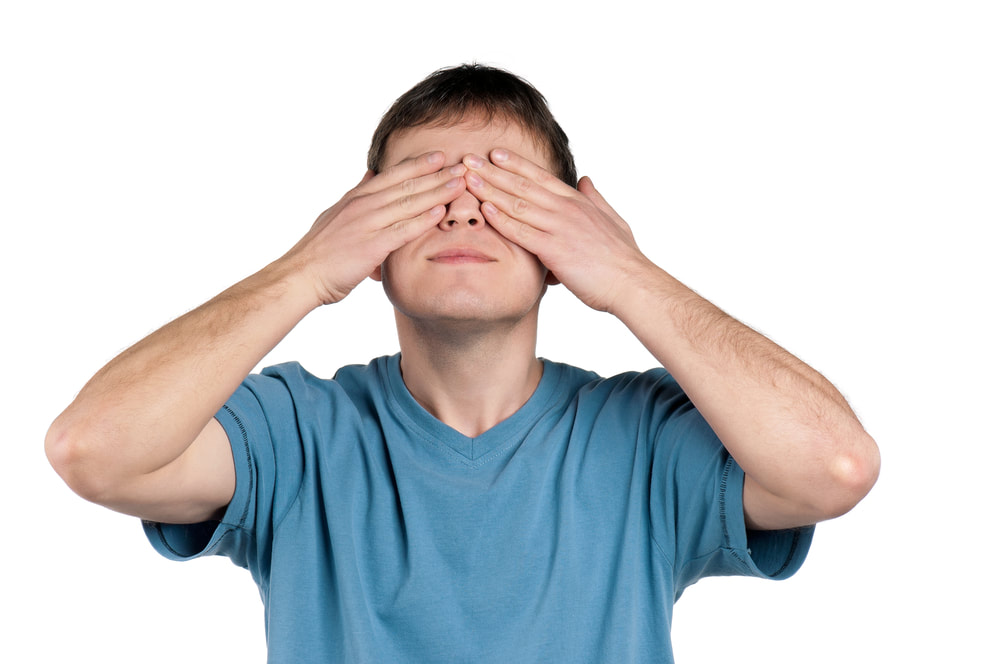Although it may vary, the brighter the light, the more discomfort someone may feel from light sensitivity. It is also not just sunlight that may become bothersome. Some people also have sensitivity to fluorescent lights. Blue-light wavelengths may also produce sensitivity. The article below examines the causes of photophobia and possible treatment and management. CausesIncreased sensitivity to light is common and has many different causes. Some of the possible causes include the following: Dry eyes: One of the symptoms of dry eyes is sensitivity to light. Research in the journal Expert Review of Ophthalmology indicates that about 75 percent of people with dry eyes reported painful sensitivity to light. Migraines: According to the American Migraine Foundation, migraines are a common cause of light sensitivity. Experts are not entirely sure why migraines may lead to photophobia. Conjunctivitis: Conjunctivitis is an inflammation of the tissue that covers the white part of the eye called the conjunctiva. Additional symptoms may include redness and a gritty feeling in the eyes. Medication side effects: Certain types of medications may cause increased sensitivity to light as a side effect. Examples of these medications include:
Eye diseases: Various eye diseases, such as cataracts and glaucoma, may cause photophobia as a symptom. Less commonly, optic nerve inflammation may also cause increased light sensitivity. SymptomsPeople with photophobia may experience pain when exposed to bright lights, flickering lights, or changes in lighting conditions Symptoms may also include:
Treatment and managementIf sensitivity to light has become bothersome, the first step is to see an eye doctor. It is important to have a comprehensive eye exam to rule out certain eye diseases and help determine the cause.
Treatment for photophobia may depend on the cause. For example, if the underlying cause is dry eye syndrome, your eye doctor can provide you with treatment strategies to reduce dry eyes. Treating the underlying cause often reduces light sensitivity. In addition, there are some general tips. According to the Vestibular Disorders Association, there are several ways to manage photophobia at home, including the following:
We hope the information above helps you understand how to manage photophobia. If you have any questions, we are happy to help. Also, if you would like to ask whether an appointment with one of our eye doctors would be appropriate at this time, call our office at 508-746-8600. Comments are closed.
|
EYE HEALTH BLOGCategories
All
Archives
July 2024
|
|
Kadrmas Eye Care New England
55 Commerce Way, Plymouth, MA 02360
14 Tobey Road, Wareham, MA 02571 133 Falmouth Road (Rt 28), Mashpee, MA 02649 |
Phone Number:
1-508-746-8600 Hours: Monday through Friday — 8 AM – 4:30 PM |


 RSS Feed
RSS Feed
